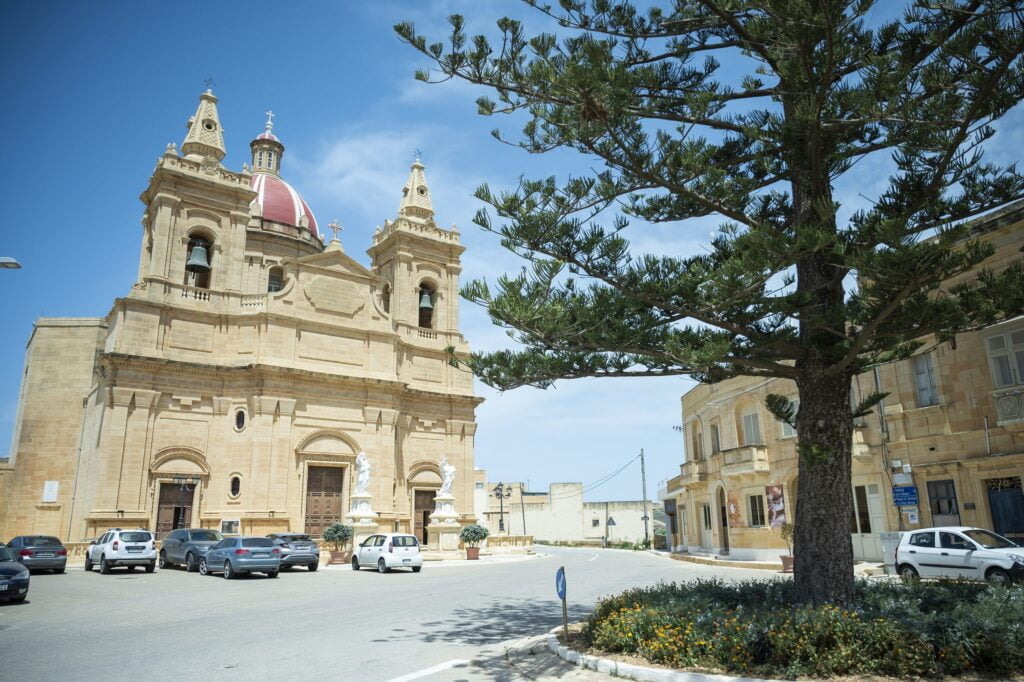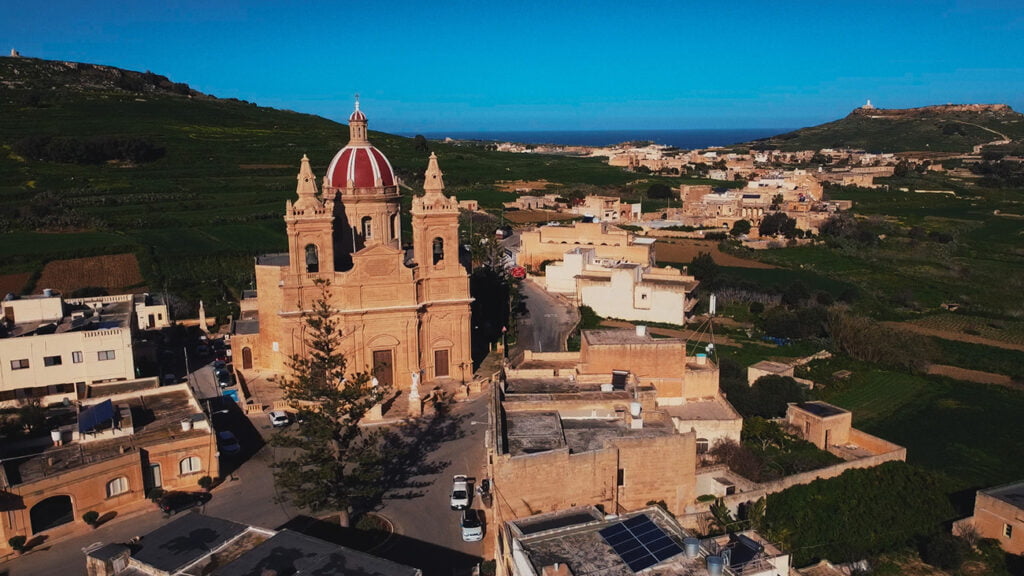Għasri, the smallest village in Gozo, boasts a population of just over 500 residents. Despite its size, the area offers several charming converted farmhouses, making it an excellent base for exploring Gozo. A countryside stroll up to Il-Fanal ta’ Gurdan (Gurdan Lighthouse) is highly recommended.

With only 521 inhabitants according to the 2011 Census, L-Għasri holds the title of Gozo’s smallest village in terms of population, though it covers a relatively large area. Nestled among hills, it shares borders with Għarb, Kerċem, Victoria, and Żebbuġ. Archaeological discoveries indicate early human activity in the area, with neolithic remains dating back to around 4500 BC found on the hill of Gordan, and Punic Tombs unearthed in Wied il-Għasri. The village’s name, likely of Arab origin, stems from the verb ‘Ghasar,’ meaning to squeeze, possibly suggesting a history of olive oil production in the region.
Constructed in 1903 and dedicated to Corpus Christi in 1916 before being rededicated to Christ the Saviour, the village church gained independence as a parish in 1921. Additionally, Għasri hosts two notable chapels: the Basilica of the Patronage of the Virgin Mary and the Chapel of St Publius.
While initially overlooked, Għasri merits inclusion in any Gozo itinerary. Visitors may opt to stay in one of the numerous traditional farmhouses lining the road from the Village Square to Wied il-Għasri valley. The surrounding hills of Għammar and Gordan, interspersed with fertile valleys, boast terraced fields reflecting the village’s agrarian roots.

Exploring Wied il-Għasri, especially during winter and spring, reveals its scenic beauty. The valley winds its way between Żebbuġ and Gordan Hill, culminating in a secluded inlet flanked by imposing cliffs—a serene spot ideal for swimming, snorkeling, and diving. Divers are drawn to the area’s underwater caves, including one with a shaft leading to the top of the cliffs, historically used for extracting seawater to fill nearby saltpans.
The hills themselves offer opportunities for exploration. Gurdan Lighthouse, erected in 1853, towers 180 meters above sea level and offers panoramic views of Gozo. Ghammar Hill, approximately 188 meters high, features the Way of the Cross adorned with life-sized marble statues marking each station. Pilgrims often ascend this hill to reach the chapel dedicated to Our Lady of Ta’ Pinu, culminating in a spiritual pilgrimage experience.

